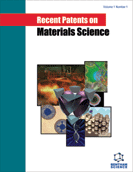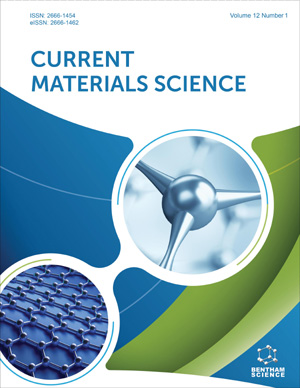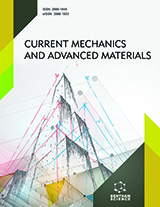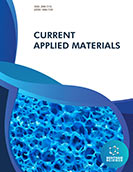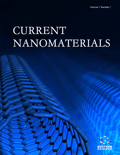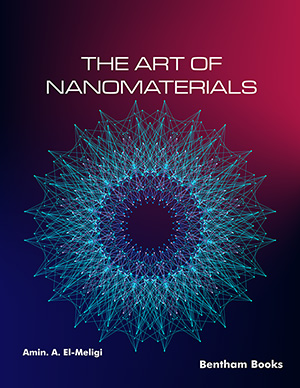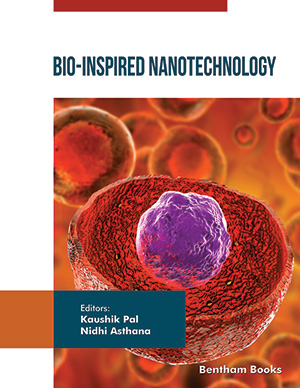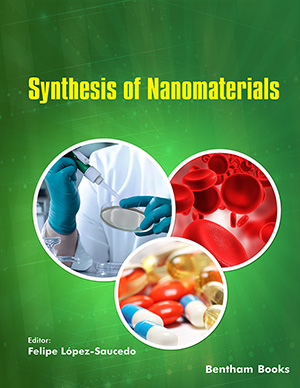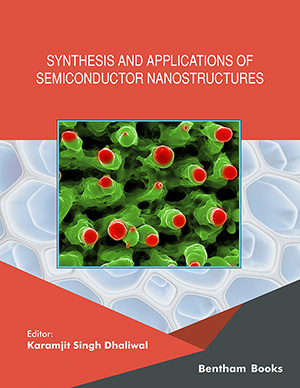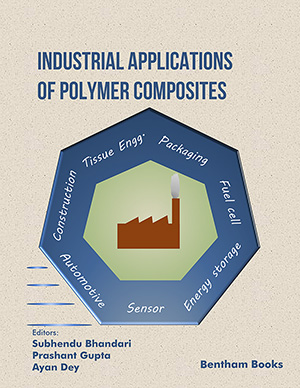Abstract
In this chapter, we have discussed the basic principles of Powder Metallurgy, preparation of metal powders and alloy powders by different powder metallurgy techniques and also discussed the applications of powder metallurgy. This chapter enables the student to learn how powder metallurgy has emerged as one of the superior methods to prepare metals and alloys; and the advantages and disadvantages of powder metallurgy. The use of iron metal powders was started in way back 3000 BC by Egyptians to prepare their tools for various purposes. But, the modern era of powder metallurgy started when electric bulbs were discovered, and the tungsten lamp filaments were developed by Edison. Any components can be prepared from pure metals, alloys by powder metallurgy routes. Materials like nickel, aluminum, iron, copper, brass, titanium, bronze, steels, and refractory metals are prepared by the powder metallurgy method.
Keywords: Atomization, Attritor mill, Blending, Ball mill, Carbonyl process, Compaction, Electrolysis process, Granulation process, Powder metallurgy, Machining, Manufacturing, Mechanical alloying, Reduction of metals, Shaker mill, Sintering, Sintering mechanism.




